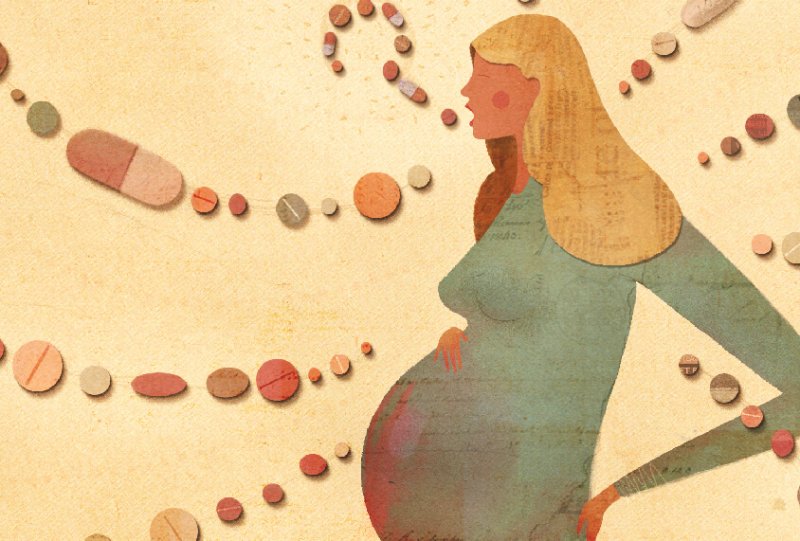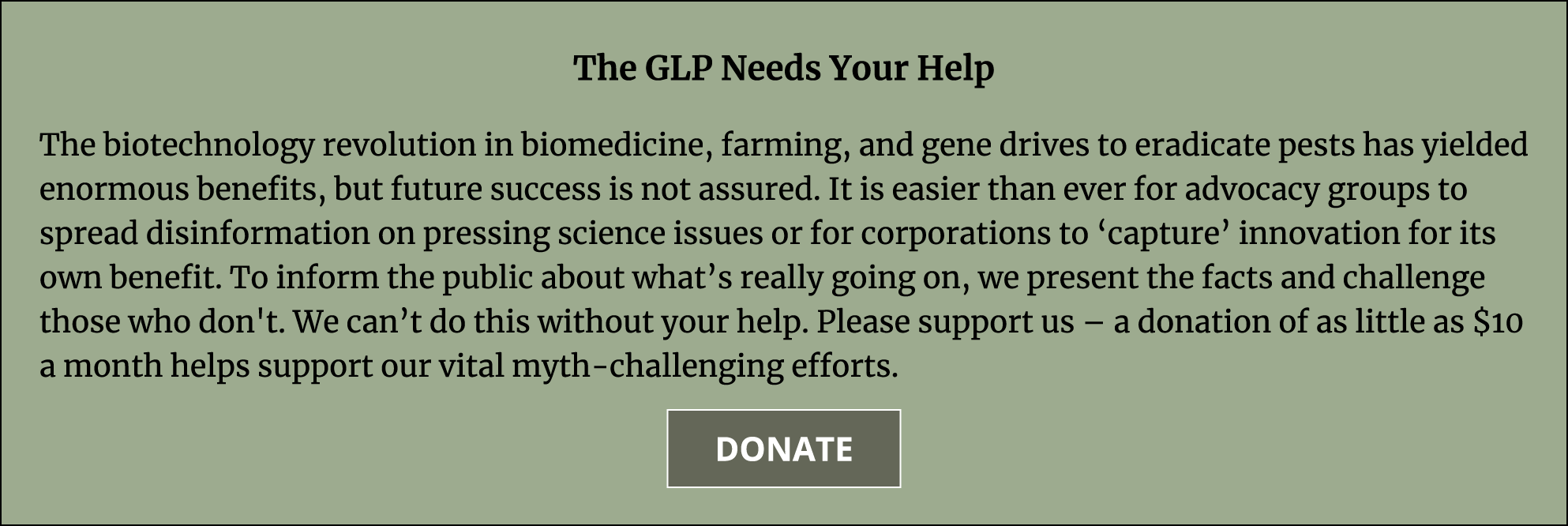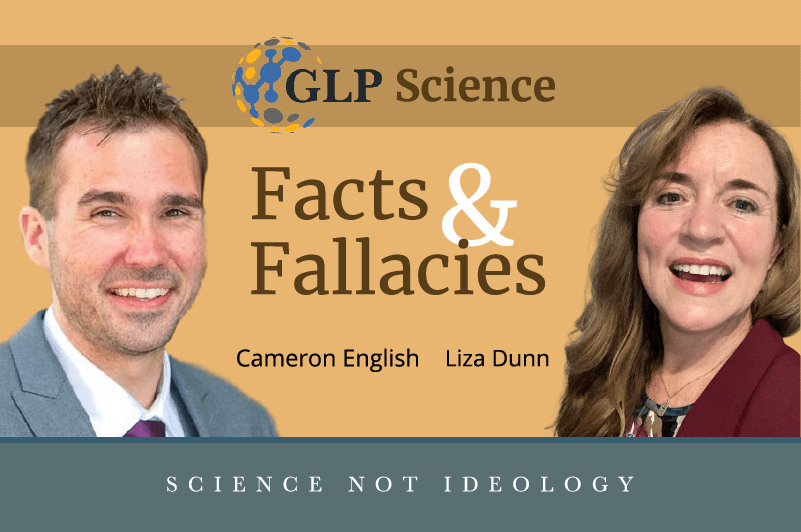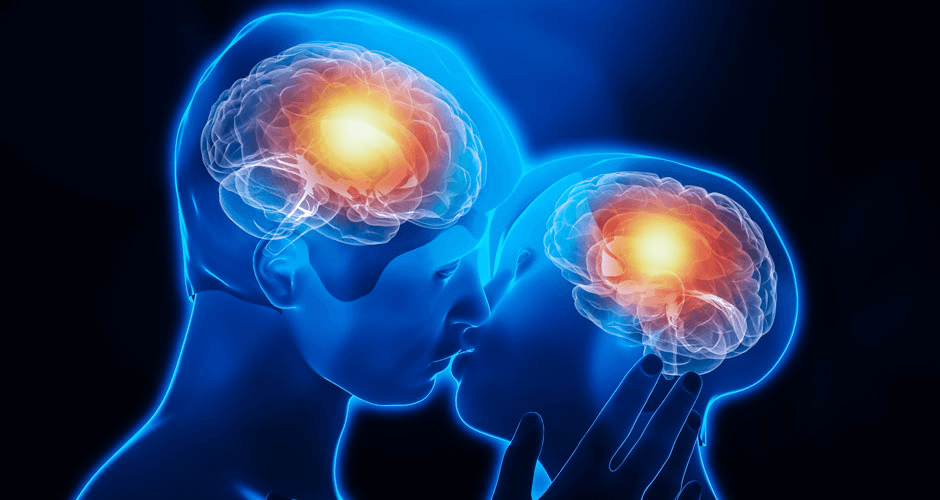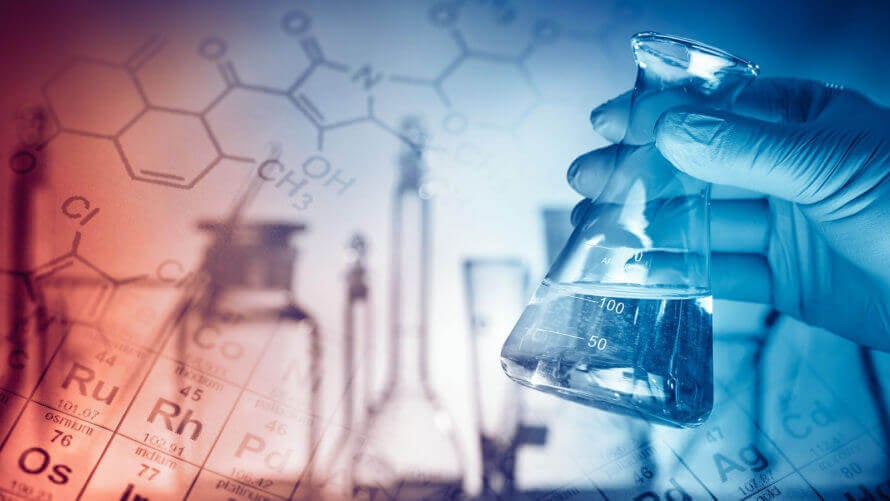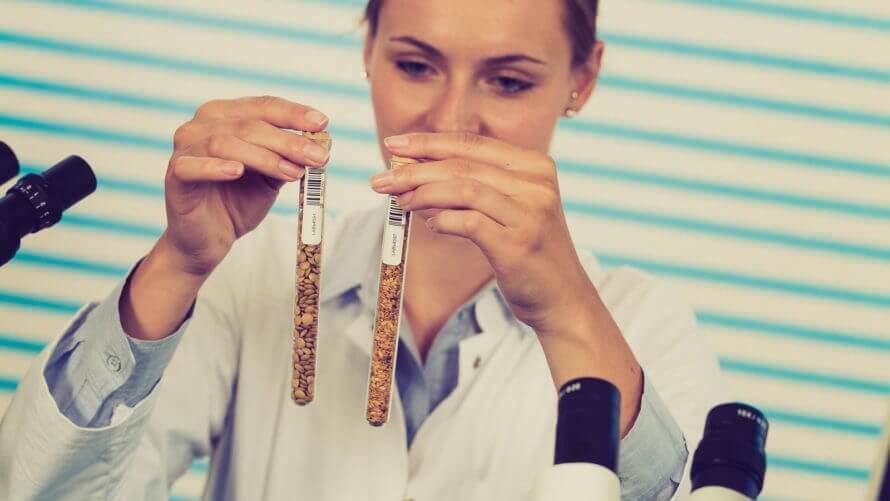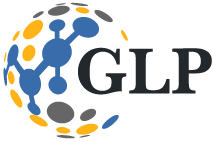Over the past decade, genomic analyses of humans… have identified gene mutations strongly associated with [autism spectrum disorders, or] ASDs, allowing scientists to collectively assemble a list of dozens of “high-confidence” genes that confer significant risk of developing these disorders.
…
[Researcher] Helen Willsey’s team mutated [genes for ASD risk in Xenopus tropicalis embryos, a species of frog], but in only one cell in the two-cell embryos—with this technique, any developmental differences induced by the genetic modification would occur in only one half of the brain, while the other side developed normally.
…
Because the researchers are as interested in resilience—ways in which the effects of ASD genes might be overcome—as in risk, they tested more than 130 drug compounds in the Xenopus embryos. One, related to estrogen, restored a typical pattern of neurogenesis, with the resulting brain size matching on both sides of the animal.
Willsey said that estrogen’s ability to reverse disparate effects on neurogenesis and brain size that result from the independent action of many different genes should provide reassurance in a field in which the rapid pace of gene discovery has led to worries that ASDs may be too complex to tackle with therapeutics.

